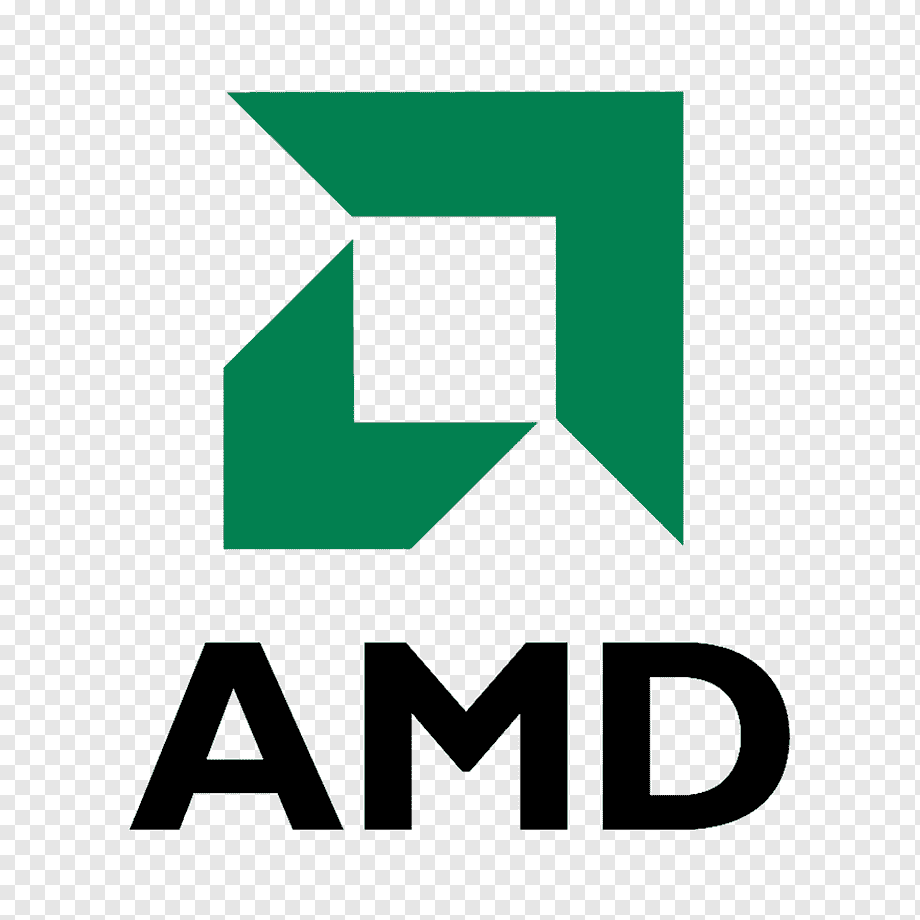It seems AMD might be shifting its focus towards the mid-range segment (once gain), with the introduction of a new successor to the RDNA3 architecture. This move would bring AMD back to its roots when the company prioritized the mid-range segment with RDNA1/Polaris.
This sounds like a win for a majority of consumers. There has been an overabundance lately at the high end range of the GPU market. They muscled back into the CPU market by providing quality and affordable units that rivalled anything competitors had on the market. They could absolutely do the same thing in the GPU market given the opportunity.
High-end cards are also in an arms race for performance at the expense of power consumption, whereas “mid-range” is still pretty powerful. A low-end RX 6600 from 2021 performs the same as the nVidia GTX 1080 that came out 5 years before it and still seems to perform well at FHD with more modern games.
In this article, AMD mentioned they didn’t make a competitor to the 4090 since it would be a power and cost hog:
Technically, it is possible to develop a GPU with specs that compete with theirs (NVIDIA) . However, the GPU developed in this way was introduced to the market as a graphics card with a TDP (thermal design power) of 600W and a reference price of $1,600 (about 219,000 yen)‘’, and was accepted by general PC gaming fans . After thinking about it, we chose not to adopt such a strategy.
When this article launched, the sentiment on Reddit was that it was “copium” from AMD but it sounds like they are owning the fact they couldn’t scale with price and power to compete with nVidia. Maybe AMD’s definition of “mid-range” is going to be simply the modest generation-over-generation performance increases previously seen. The high-end GPU market reminds me of the frequency wars that Intel pulled with the NetBurst architecture, which was high performance at the expense of high power consumption. That ended when Intel went back to (initially) slower clock speeds with the Core era.
There were some hints that AMD might be heading toward alternating mid range and high end GPUs every year.
This should allow them to improve the arch iteratively all the time. Ex. RDNA 4 midrange first year and RDNA 4.5 in the following year, then back to mid for 5.0.
roots? rdna1 is ~4 years old, amd/ati has been making gfx cards for a long time.
They might be referring to the current nVidia-dominated GPU market where AMD can’t scale to their flagship performance but are still able to compete in the mid-range. This is contrasted to their CPU lineup which has only been recently competitive again against Intel’s performance CPUs.
I do agree with you that AMD/ATI were highly competitive against nVidia in the 2000s.
Yes probably but using roots to refer to this is strange imo.
This is a bit of a shame if true. AMD was so competitive with RDNA2. Was really hoping we’d see some real competition at the high end for a least a few generations.
I would be surprised if they don’t come back to the high-end market. AMD has been working on multi-chiplet designs now in the CPU and GPU space and I wonder if they are intending to use this generation to work through any performance scaling issues they may have. With the chiplet designs they should be able to theoretically scale to high performing cards assuming the power consumption is reasonable.
Removed by mod
Assuming the rumors are true, N43 is both the RX 8600 and RX 8700. The RX 7700 hasn’t launched yet and the RX 7600 just released and is comparable to the RTX 3060 and RX 5700 XT in Passmark. If the gains are comparable then they should certainly be competitive if they are at mid-range prices.



